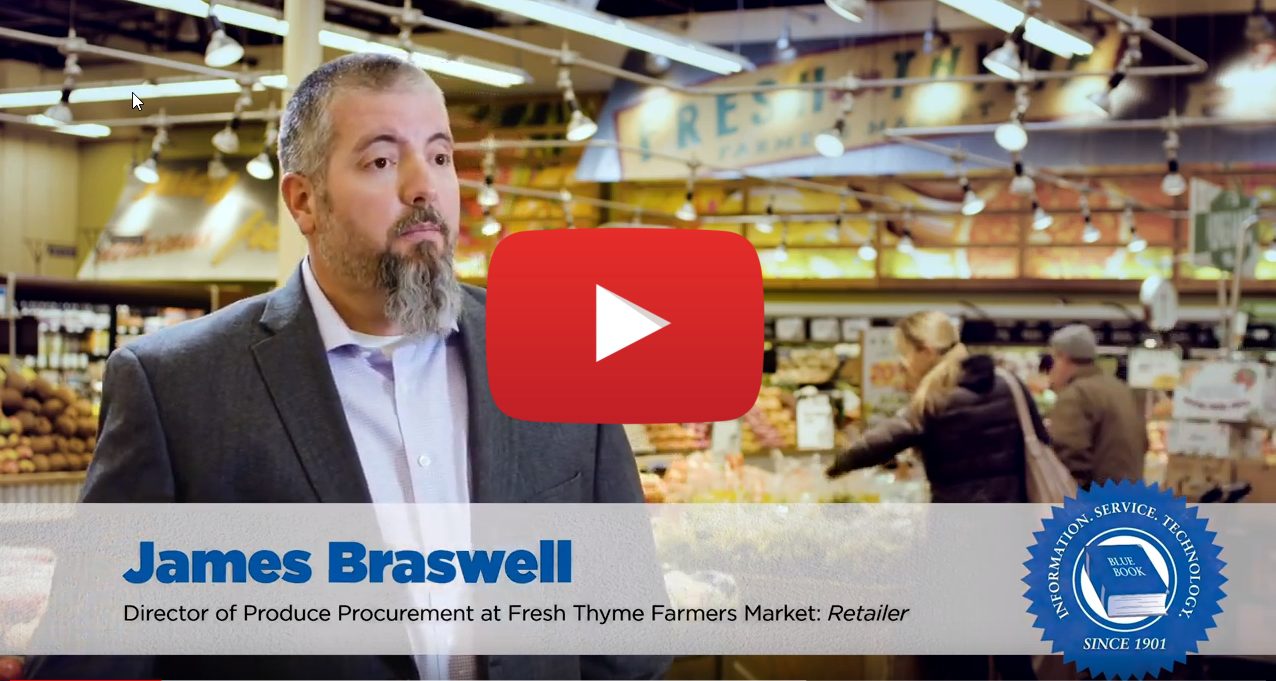A Facebook friend of mine expressed some concern that Fusarium wilt will wipe out the familiar Cavendish variety of bananas, as it did with the Gros Michel in the 1950s.
In search of alternatives, my friend came across blue ice cream bananas—so called because they are blue (or bluish) bananas that are said to taste like ice cream, or at any rate vanilla custard.

Understandably intrigued, my friend went in search of them. But it turns out that it’s easier to buy a blue banana tree than an actual banana. Everything You Should Know About the Blue Java Banana Tree – Minneopa Orchards (minnetonkaorchards.com)
The bananas—Blue Java is their proper name—are not exactly blue (unlike the “blue” flavored popsicles we enjoyed in our youth). They’re bluish-green, and they turn yellow when ripe.
Can you buy Blue Java bananas in this country? Yes and no. Exotic fruit purveyor Miami Fruit sells them, but they’re $97 for a 3-5-pound box. A further deterrent: “Please expect a three or more year wait time after pre-ordering. We are growing a small amount on our 7.5 acre farm along with many other fruit trees.”
Oh, another thing: “The taste is slightly tart similar to an apple banana but they have a thicker and super creamy texture. The nickname ‘ice cream’ is for its soft serve texture—not the flavor,” we learn from Miami Fruit.
Like practically every other banana tree, the Blue Java only flourishes in extremely southern climates in the United States—climate zones 8 through 11.
“To thrive, your Blue Java banana trees need at least eight to 12 hours of direct, full sunlight daily. They can survive with little less but won’t reach their full potential,” points out Minneopa Orchards, marketing to backyard gardeners in the Sun Belt.
“Water is also critically important to banana trees,” we also learn. “Since they come from tropical environments, these trees love their water! They need to be thoroughly soaked every day in the summer, but the soil needs to have good enough drainage that there isn’t ever any standing water at the base of the tree.”
I don’t know how Blue Javas might hold up against Fusarium: unlike the Cavendish, which is a Musa acuminata variety, the blue banana is a hybrid of both Musa acuminata and Musa balbisiana varieties.
But I could see a healthy market for someone who might venture into growing Blue Javas in quantity for retail or specialty markets.



